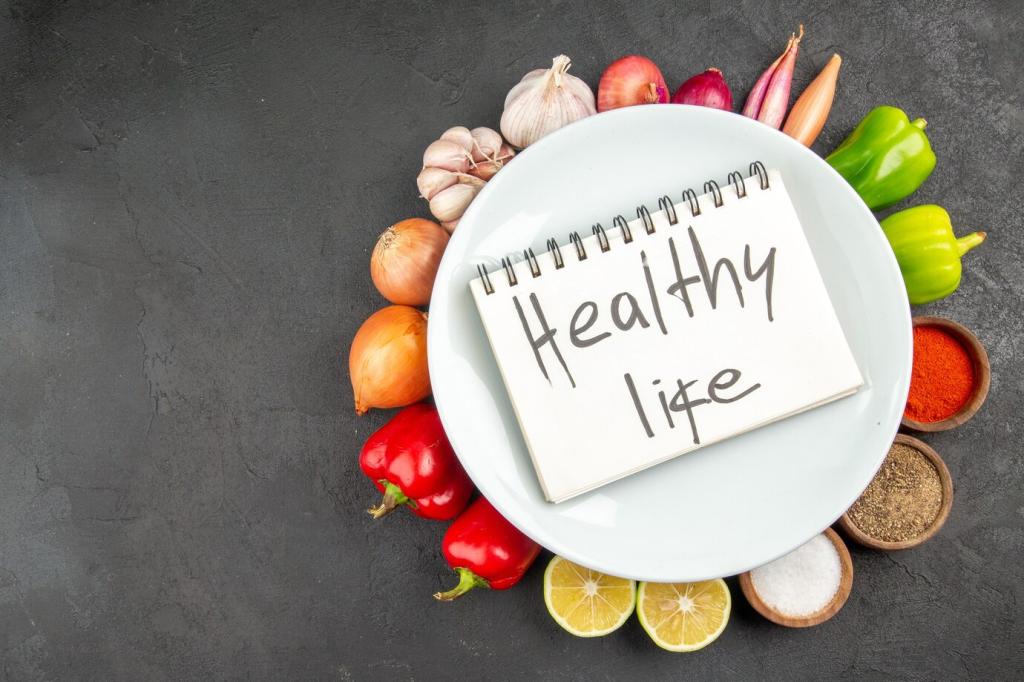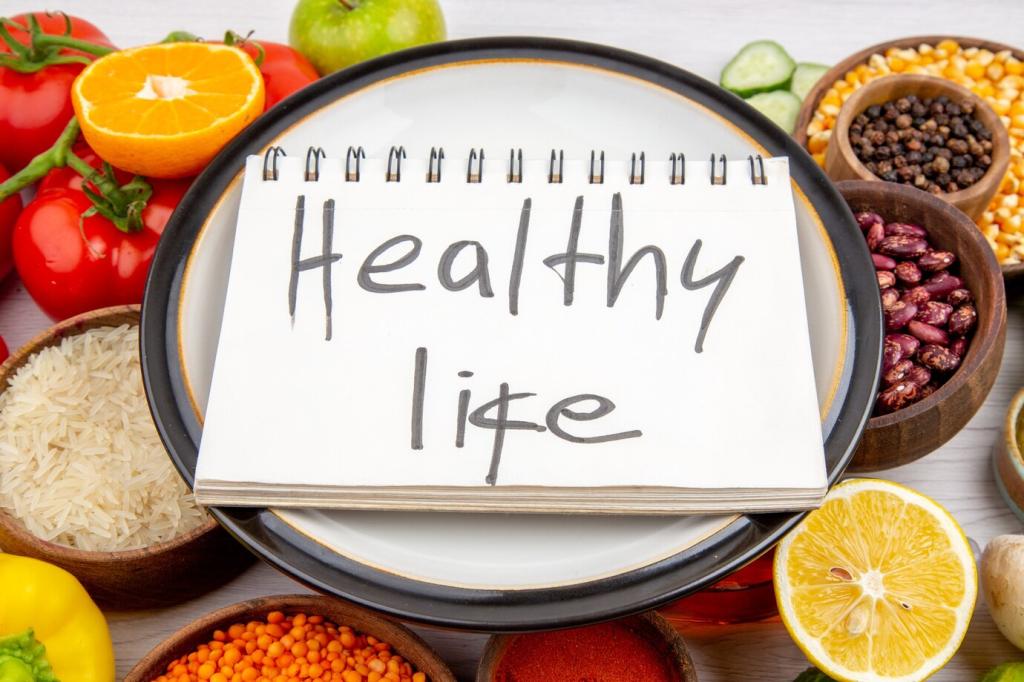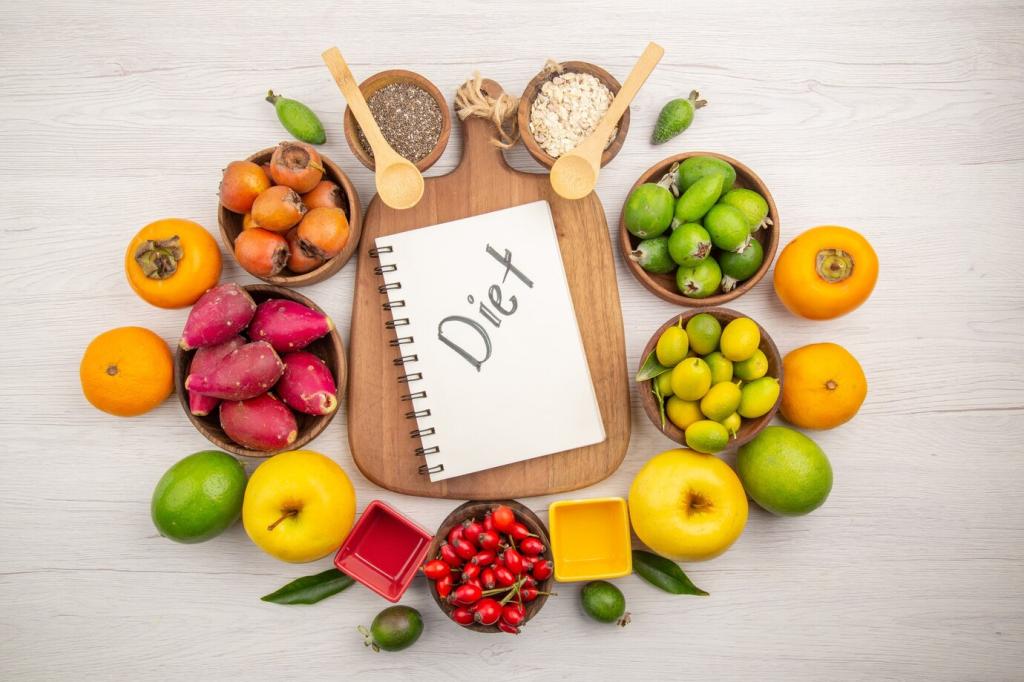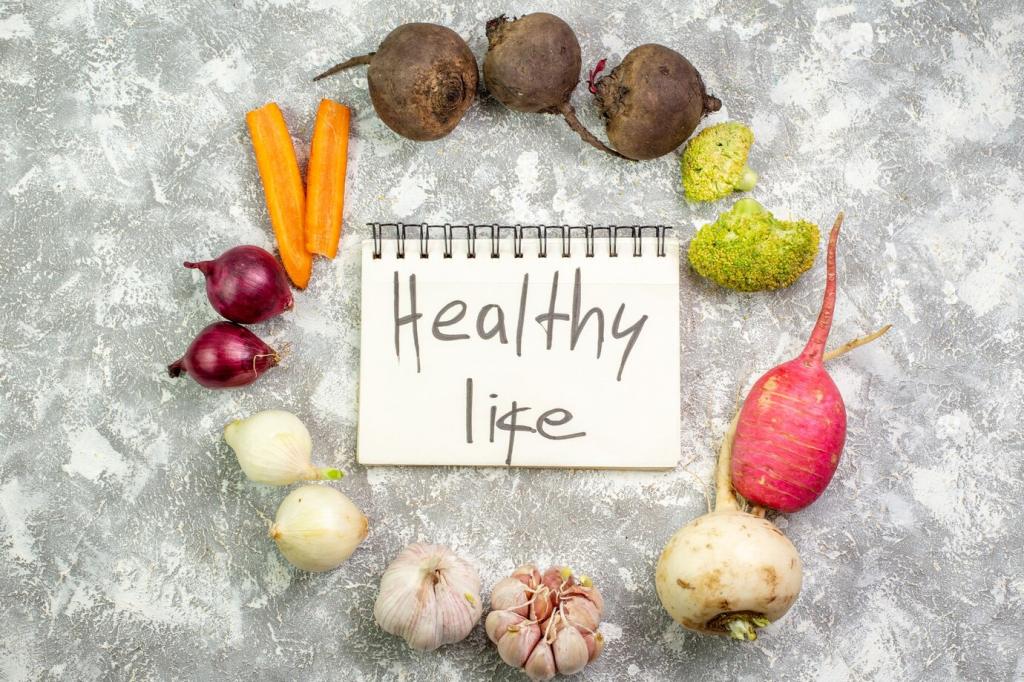The Heart of Mindful Eating
Notice color, aroma, and texture before the first bite. When attention lands fully, even familiar foods feel new, and natural satisfaction builds sooner. Comment with one sensory detail from today’s meal.
The Heart of Mindful Eating
Rate hunger on a simple scale before and after eating. Stopping at comfortable fullness protects energy and mood. Track your numbers for a week and share what patterns surprise you most.





